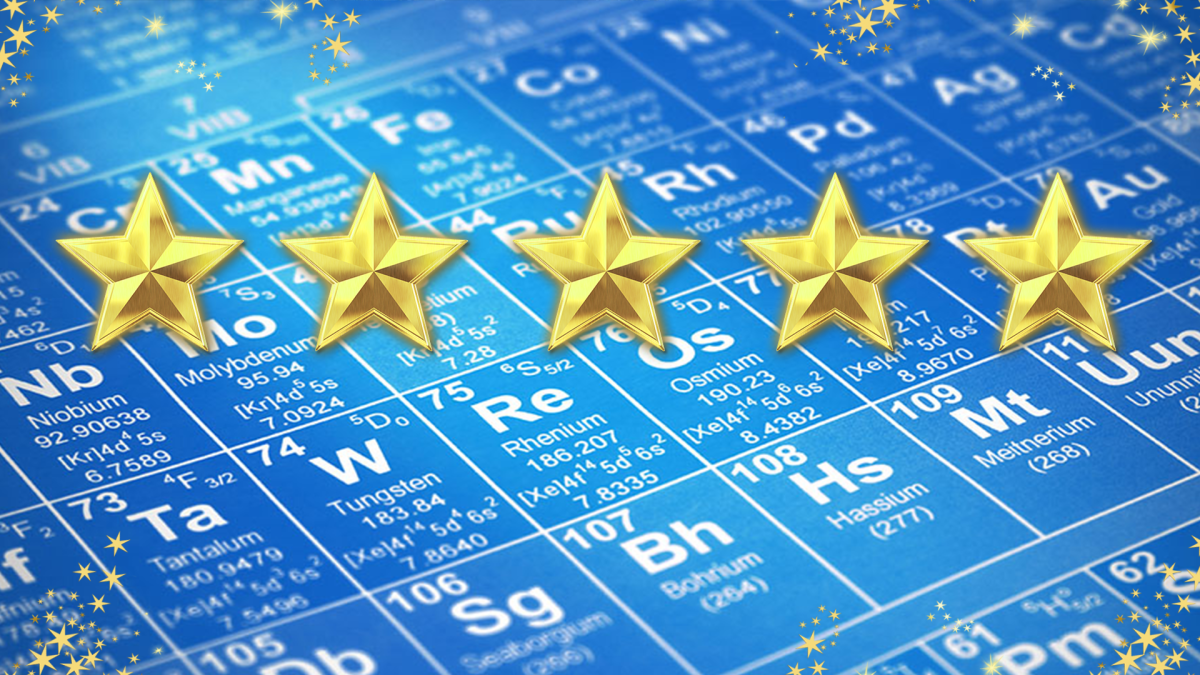
Hematology Research: Comparing Normal and Abnormal Blood
by Joshua Farr
This lesson has students create a unique graphical visual of the components of blood within a vial. These components of blood are then researched and used as a control for accomplishing two collaborative tasks. First, students will form small collaborative groups and perform microscopy on prepared blood slides to not only practice microscope techniques, but better visualize the components of blood. This will require sketching and discussion. Second, students will select a blood disorder to research and create a comparison vial of blood regarding any changes in the percentages of parts of blood and create 3 slides on their research. Their slide work will be compiled with other groups in class and presented in small round table discussions. Students will be required to write about normal and abnormal blood conditions as an assessment.
Lesson Plan Link/URL
https://docs.google.com/presentation/d/1D8IJ7U8qREjyQY6Hu8h01ocHV5bi6j55/edit?u…Subject Area
Science Life Science L1: Cells Technology 5. Computational Thinker Mathematics Ratio and Proportion (RP) English Language Arts (ELA) Writing Speaking & Listening
Featured
Off
Related Content

Grades:
8th Grade, 9th Grade, 10th Grade, 11th Grade, 12th Grade
A lesson designed for an engineering course but that can be used in a science course where we investigate the physics of waves and how it can be applied to the world of art. Students will design and

Grades:
10th Grade, 11th Grade, 12th Grade
From learning the basics of the endocrine system (organs) to creating a 3d visual model of a patient and demonstrating how hormones are released across the body, students will go from simple to

Grades:
9th Grade, 10th Grade, 11th Grade, 12th Grade
The first rule in the chemistry lab is “don’t eat or drink or lick anything in the lab”! This lesson breaks those rules and shows students how culinary is really a practical application of chemistry

